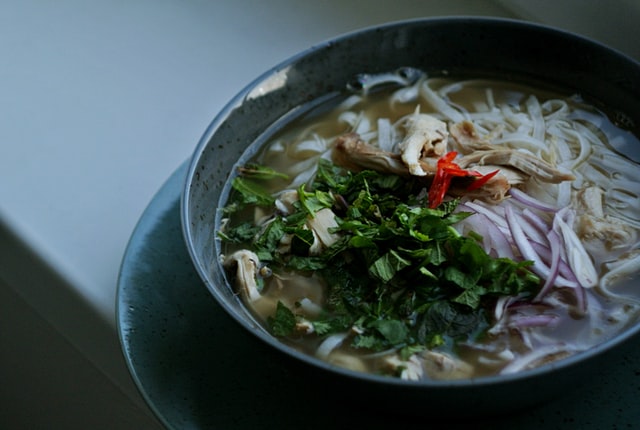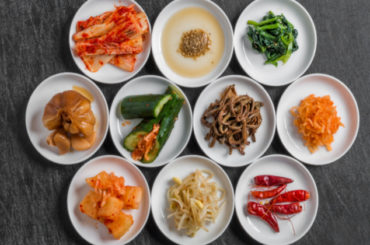Like many pho restaurants in Little Saigon, Pho Hong Phat in Long Beach did not look like a lot on paper. Given the location of the restaurant and the street-construction works of the city in 2018, the car parking situation was not good. Locals often parked their vehicles at a pharmacy near the restaurant since it did not take much time to dine here, go back to those vehicles and leave before others notice. For your information, the word pho refers to a Vietnamese soup product where sliced meat and noodles are included.
The restaurant did not attract the number of people you would notice outside the Phnom Penh Noodle House, so it had a solid following from people in the Zaferia district. In 2017, many people used to visit the restaurant often, and they include Vietnamese people, Cambodians, Latinos, off-duty Long Beach city staffers, and longshoremen. They were here mostly because they loved the house-made pho available at the restaurant.
It served dozens of beef-centric varieties of pho, including pho chin, pho tai, pho bo vien, and pho tai gau. It also had pho ga as well as noodle soup with imitation crab and shrimp. The soup was the only non-Vietnamese product on the Pho Hong Phat soup menu. The restaurant used to offer the soups in small bowls and very large bowls at a starting price of $6 or so.
For a small pho location, the restaurant used to offer quality service. An employee would summon them to a vacant seat the moment anyone walked in for food. When the customer sat down at the table, they would see a glass of fresh water placed there, alongside pho fixings, sweet basil, cilantro, lime, jalapeños, and bean sprouts. The restaurant once had a cramped yet well-attended cooking space where its staffers refilled many steaming broth vats. No matter which soup the customer ordered, the staff would serve it in a matter of minutes. The customer could watch the staffers brown their rare steak as they stirred apart their rice noodles.
The pho might be the big draw at the restaurant, but it used to offer the so-called Chinese bread. Despite its Chinese name, the product resembled a deep-fried and hotdog bun-like doughnut as well as boasted the delicate flavor and texture of beignets you could find in New Orleans. That side dish was deceptively decadent and available at only $1 an order. You could order it to make your meal more similar to a breakfast offer, albeit you were eating in the middle of the day.
The homemade chili paste was described as the secret weapon of the restaurant. You could have pho soup with hoisin or Sriracha, but you should try that paste. The product was garlicky and smoky as well as packed an intense yet non-overbearing heat. People used to combine it with their broth, or a ramekin to dip steak pieces when required. The restaurant also used to sell jars of its chili paste at the back of the counter.
Like any legitimate pho location, there was no need to wait for your check here. Instead, you could head to the restaurant counter after you are done with eating food. People used to leave some dollars on the restaurant table as tips for its staff and then stick some more dollars in the donation box around its cash register. The staffers may not be talkative even today but recognize familiar faces. You may not be here for many months, but when you are about to go out on your next visit, a regular waiter may wink at you and bid farewell.

